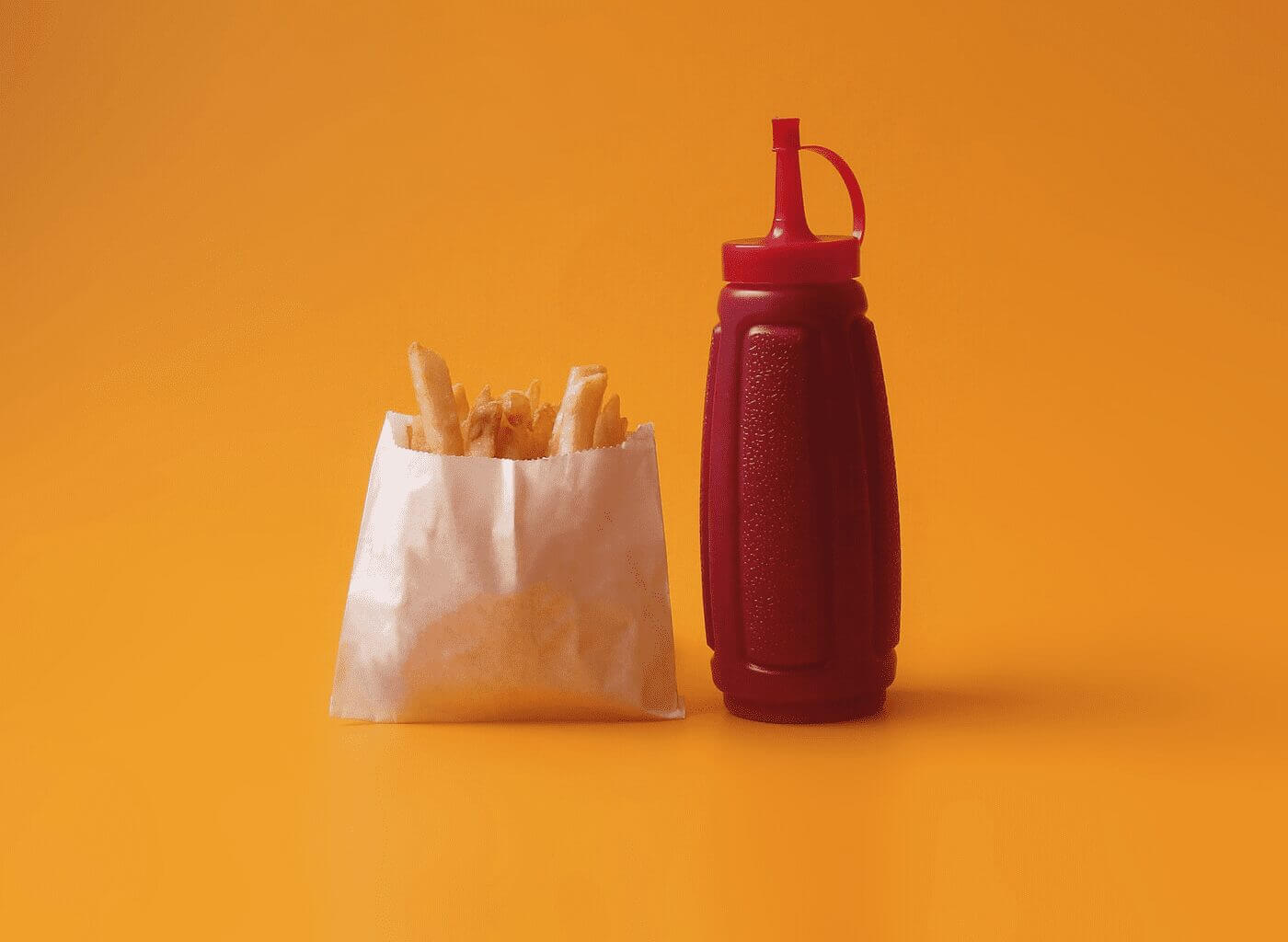Katie Canales from Business Insider just did a nice job of summarizing some of the growing pains that automated fast food restaurants are having in the Bay Area:
In July 2019, Eatsa shuttered its San Francisco locations after the company was found to be thousands behind in unpaid rent. It’s since pivoted to restaurant tech and software and rebranded itself as Brightloom, with a new deal with Starbucks announced in 2017. Just this week, CafeX closed its San Francisco locations, though its stations at San Francisco International Airport and San Jose Airport are still open. And Zume, the Softbank-backed startup known for its pizza-making robots, shuttered its pizza business and pivoted into food-truck tech and services in November 2019. Then, in January 2020, the company laid off 400 employees to further cut costs, as reported by Business Insider’s Megan Hernbroth.
Business Insider: Some of San Francisco’s robot-run restaurants are failing. It could simply be that we still want to be served by humans, not machines.
The article includes some pointers to what it is like eating in various automated fast food restaurants in case you are curious.
The conclusion of this piece is that “we’re simply not ready to be served by robots in lieu of humans.” I agree with the not yet part of this statement, but it’s less that we’re not ready and more likely that the robots are not quite ready to serve us. Automated self-service is something that is inevitable. In-ev-i-ta-ble.
The problem with most failed instances of automation, at least from an operations perspective, is that they try to simply automate the existing manual processes. Drive-through restaurants succeeded by flipping the business processes around so that a new mode of service became possible that was centered around customers visiting the restaurant through tiny hole in the wall. Automation without revamping the flow of how things get done generally just doesn’t work well. You end up with Rosie the Robot vacuuming rather than a Roomba.
We are still in the early years of automated fast food. What most people don’t realize is that ATM technology came out in the late sixties and it took over a decade of tweaks and innovations before it reached the point where it became ubiquitous. The same will happen with fast food. The current problems are just bumps along the way and it’s no coincident that these problems are happening in the Bay Area, where a lot of the innovation in automated self-service platforms is happening.
I’m not saying that people don’t care about having relationships with people, just to be clear. But the kind of transactions we have at most fast food places can’t really be said to be relationships. Automation is going to have a much tougher go in regular restaurants. There, it will likely focus more on back-end prep, cooking, and cleaning technologies. To automate the customer-facing part of a restaurant, it’s going to require a flip in the way we think about service there.
About the Author
This article was written by Gideon Rosenblatt of The Vital Edge. Gideon ran an innovative social enterprise called Groundwire for nine years. He worked at Microsoft for ten years in marketing and product development, and created CarPoint, one of the world’s first large-scale e-commerce websites in 1996. The Vital Edge explores the human experience in an era of machine intelligence.





























